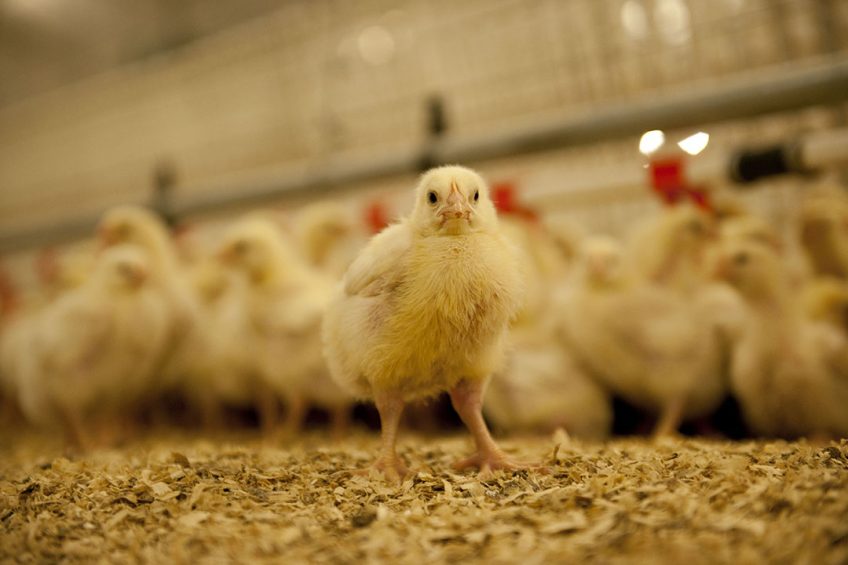Avian flu has potential to adapt

Researchers have found that bird flu viruses are able to escape immune responses and adapt to infect humans.
Scientists found that mutant H9N2 bird flu viruses isolated from Pakistan are able to escape vaccine immunity while increasing their potential to infect humans.
Led by scientists from the UK’s Pirbright Institute, a team carrying out surveillance research discovered that small changes to a surface protein, called haemagglutinin, of the H9N2 Influenza A virus, enables the mutated virus to enter human cells.
Professor Munir Iqbal, head of the avian influenza group at Pirbright, said: “H9N2 viruses cause moderate illness and death rates in domestic poultry and do not cause severe disease in humans, but the capability of an H9N2 avian influenza virus to bind to human-like receptors raises concern for potential human transmission.”
Influenza viruses that infect humans and chickens typically use different host cell receptors in the early attachment stage. This study demonstrated that mutant can bind to human-type cell receptors although its preference for avian-like receptors remains.
Haemagglutinin surface protein is used by influenza viruses to enter host cells to begin replication, which makes it a prime target for the immune system. The team also found that the mutation, which is a single amino acid substitution, could result in lowered protection for chickens that have been vaccinated against H9N2 viruses. The mutation enhances the H9N2 haemagglutinin affinity for host cell receptors, which out-competes antibody binding, preventing the virus from being neutralised.
However, mutations come at a cost to the virus. The team found that mutant H9N2 virus did not replicate in cell cultures as efficiently as viruses without the amino acid substitution. This shows the fine balance influenza viruses must maintain when mutations occur that enable them to escape the immune system and infect different hosts; many mutations will result in a virus which is unable to effectively replicate. However, occasionally these changes leave the virus unhindered, allowing it to spread rapidly.
The group is now working on understanding how the mutant H9N2 avian influenza A virus could generate a mutation that hits the right balance while retaining its ability to bind to human-like receptors. This will allow better screening of circulating avian influenza viruses for traits that allow human infection, providing early warnings to their pandemic potential.












